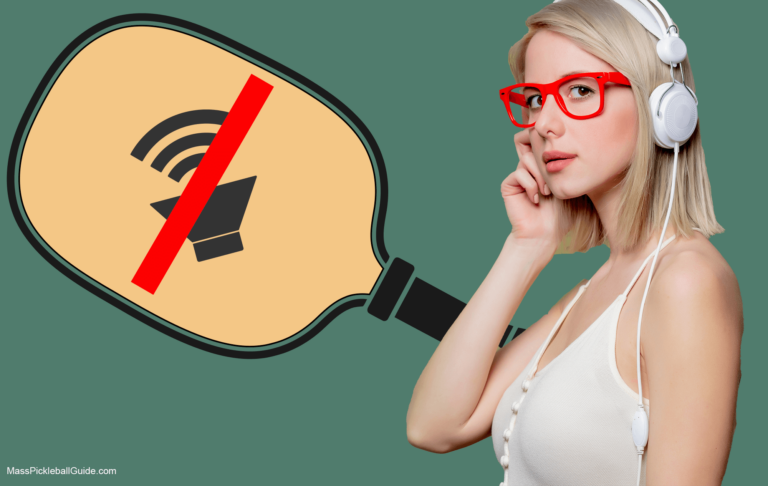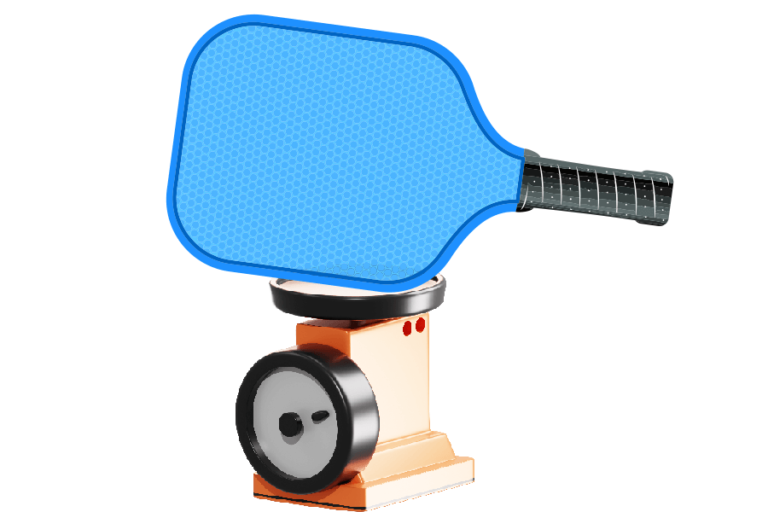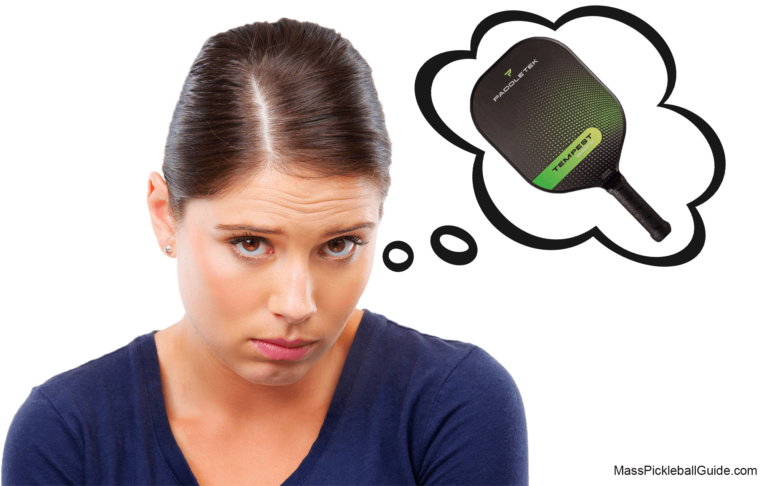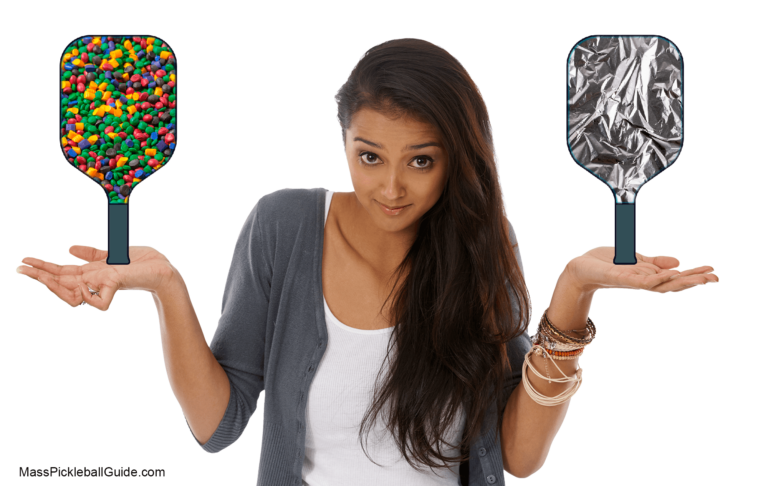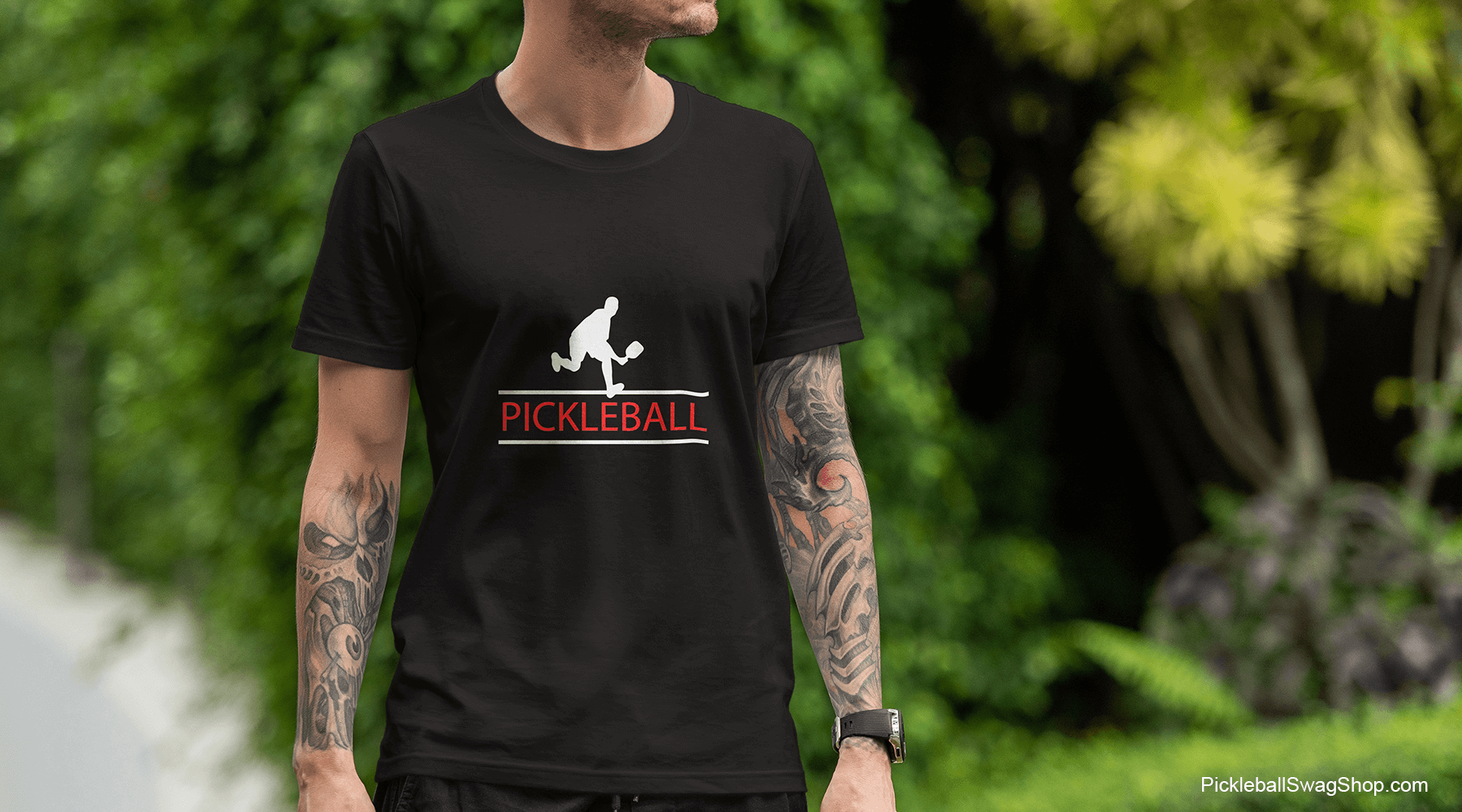Pickleball Paddles: Lifespan, Care, & Replacement Tips
not that scary
Pickleball hinges on the synergy between the player and their paddle (well, there are the pickleball balls, too). Just as a golfer understands their clubs or a tennis player knows their racket, a pickleball players must be attuned to the nuances of their paddle. From the materials used in its construction to the subtle signs of wear over time, a deeper knowledge of your paddle can dramatically elevate your game.
This article sheds light on paddle longevity, care tips, and when to consider a replacement, ensuring you’re always a step ahead on the court. And this is not just for more experienced pickleball players… even the weekend pickleball warrior should know if you paddle is up to snuff.
Factors Affecting Paddle Lifespan
Recognizing Wear and Tear of Your Pickleball Paddle
Regularly checking your paddle can save you from unexpected hitches during crucial games. Being able to spot early signs of wear ensures that you can address issues before they majorly affect your gameplay. Here’s a closer look:
- Control Issues: As paddles age, their surface can degrade, affecting the friction between the ball and the paddle. If you start to feel that the ball isn’t spinning, slicing, or driving as it used to, it might be due to your paddle’s surface wear.
- Sound Alterations: Every paddle has its unique sound when the ball makes contact. If you’ve been playing for a while, you’ll recognize when this sound changes. Differences in sound, be it a muted thud or a sharper ping than usual, can indicate wear or internal damage.
- Physical Damage: Over time, paddles can accumulate a range of visible damages. This includes deep scratches that affect ball control, chips on the edges that might cause irregular bounces, or even a grip that’s starting to unravel or lose its cushioning. While some wear is purely cosmetic, other damages can significantly alter your game.
- Weight Shift: If your paddle starts to feel different in terms of weight distribution or balance, it might be undergoing internal damage or degradation. This can affect swing dynamics and shot precision.
- Surface Smoothness: Run your hand over the surface of your paddle. If you feel irregular bumps, depressions, or rough patches, it’s a sign that the paddle’s surface is wearing out.
- Fading Graphics: While it’s mostly a cosmetic issue, if the graphics or print on your paddle start to fade excessively, it’s an indication that the paddle has been exposed to external elements (like the sun) for extended periods, which can also affect its structural integrity.
- The Purchase: Ask around for pickleball paddle recommendations and always read the reviews; when ready, buy from a reputable pickleball merchant with a good return policy.
Pickleball paddles have a natural lifespan. Recognizing the signs of wear early can ensure that you’re always playing with gear that’s in top shape.
Deciding on a Pickleball Paddle Replacement
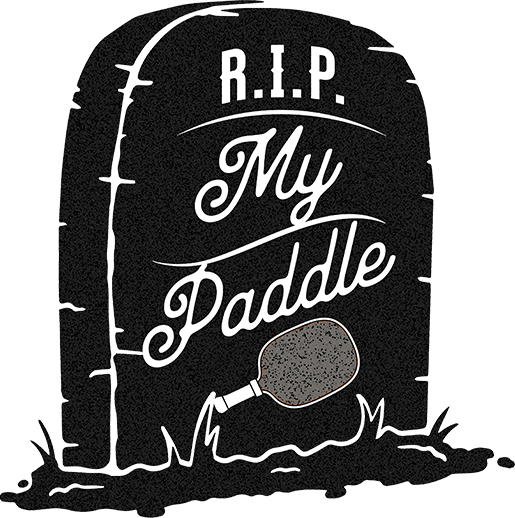
Knowing when to swap out your paddle can be a game-changer, literally. Here’s a deeper look into signs and reasons:
- Performance Decline: If your shots aren’t landing as they used to or you’re feeling less control over the ball, it might be the paddle, not you. A worn-out paddle can significantly alter the way you play.
- Discomfort: Over time, paddles can become uneven due to wear on one side or the grip might start deteriorating. If you start to feel any discomfort or strain in your wrist or arm, it might be time to look for a new paddle.
- Visible Wear: While minor scratches and scuffs are expected, deep cracks, significant warping, or flaking signal that the paddle has seen better days.
- Changes in Sound: A healthy paddle has a consistent sound when it strikes. If you start hearing dull thuds or unusually sharp pings, it might be hinting at internal damage or delamination.
- New Player Progression: As players progress in their skill level, their paddle requirements might change. What worked for you as a beginner might not be the best fit as you advance. Upgrading to a paddle that matches your current skill level can make a noticeable difference.
- Consult the Community: If you’re on the fence (net?), don’t hesitate to ask fellow players or trainers. The pickleball community is very welcoming and eager to share their insights. Plus, trying out a friend’s paddle might give you a feel for something new.
Lastly, even if you’re just feeling the itch for a change, it can be refreshing and motivating. Sometimes, a new paddle can reignite the passion and excitement for the game. If you’re starting out or looking for an upgrade, check out the best pickleball paddles for beginners.
Delamination: A Paddle Problem
Delamination is the separation of the paddle’s surface from its core. Signs include:
- Surface bubbles.
- Altered sound on ball contact.
- Weaker shot power.
Using a delaminated paddle can hinder performance and might breach game rules.
Paddle Care Tips
- Cleaning:
- Wipe after every game.
- Monthly soap-water scrub.
- Use special pickleball cleaners if needed.
- Grip Maintenance: Change grip tape when it feels old or slippery.
- Storage:
- Store in a cool, dry place.
- Use a paddle cover for outdoor games.
Just like any good partnership, the bond you share with your pickleball paddle keeps growing. The more you look after it, the better you’ll play. Think of it this way: getting to know your paddle inside and out is as crucial as nailing that perfect shot. Together, we can take our game to the next level.

